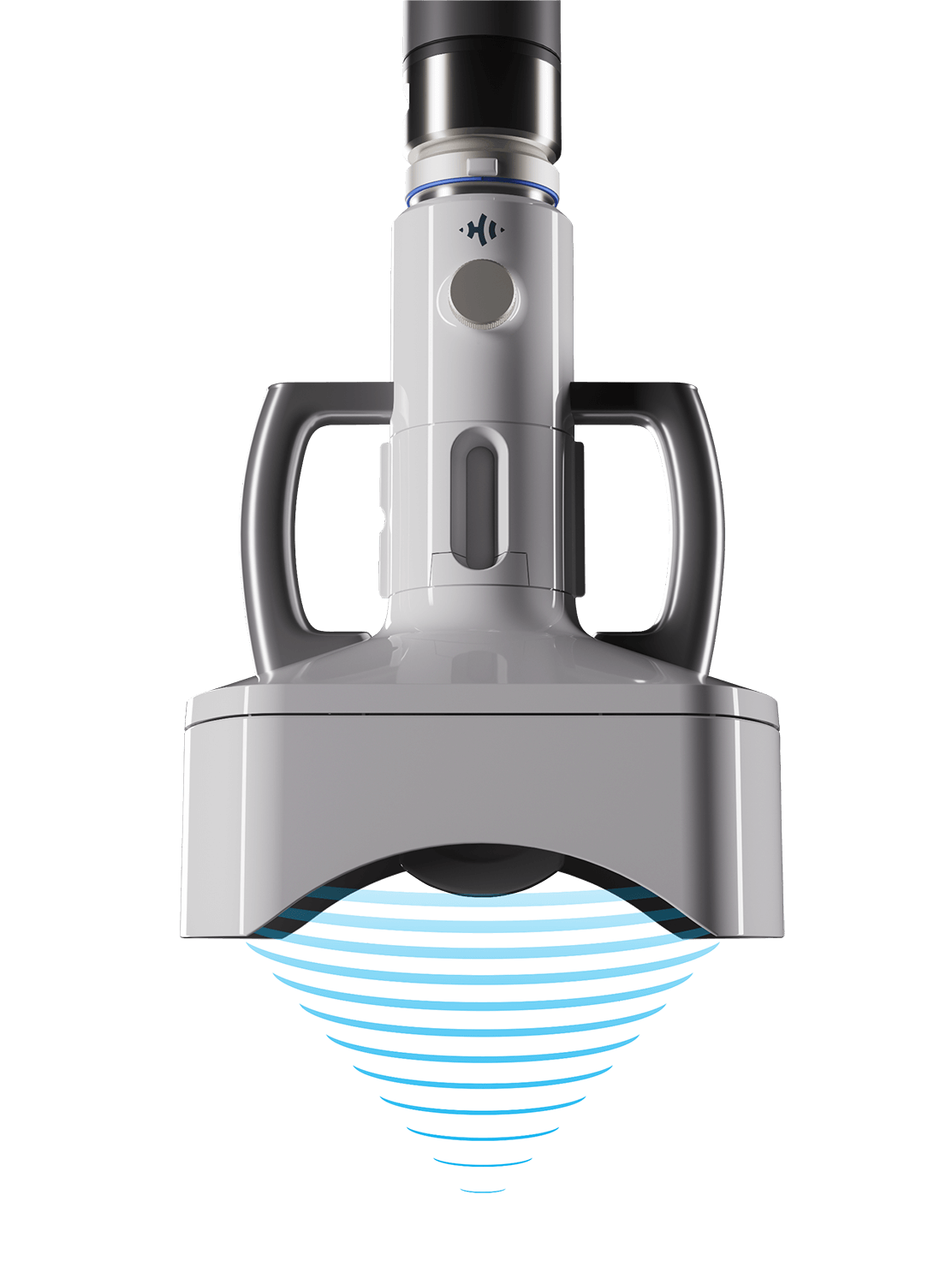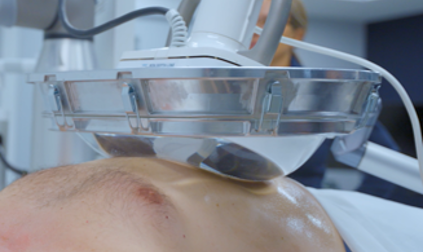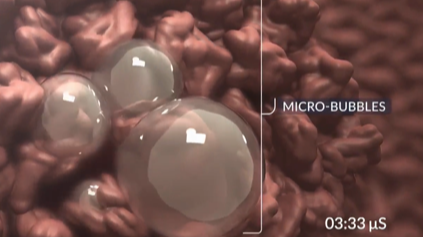What is Histotripsy?
Histotripsy is a non-invasive medical procedure that uses high-intensity sound waves to destroy liver tumors. Unlike other treatment methods, histotripsy does not require your doctor to make cuts or incisions, use needles, or rely on ionizing radiation. The procedure can be performed under general anesthesia and involves the use of ultrasound imaging to locate the targeted tissue and monitor the treatment in real-time.
How is histotripsy performed?
What are the benefits of histotripsy?

All medical procedures involve risk. Patients should consult their physician for more information and to understand the risks and benefits of histotripsy of the liver. Histotripsy results in the destruction of liver tissue, including liver tumors, which may impact overall liver function. During the clinical trial, the most common side effects experienced were procedural pain, abdominal pain and fever. Each patient experience will vary.
Listen to a Surgical Oncologist
Listen to Dr. Cliff Cho from the University of Michigan explain how histotripsy works.
Discover if histotripsy is right for you.
To find out if you might be a candidate for histotripsy, please fill out the form below. If histotripsy might be right for you, you’ll be directed to our Doctor Locator tool to find a hospital offering histotripsy near you. You can also download an information packet.
"*" indicates required fields


